Duplicating with Digital Twins
- March 2024
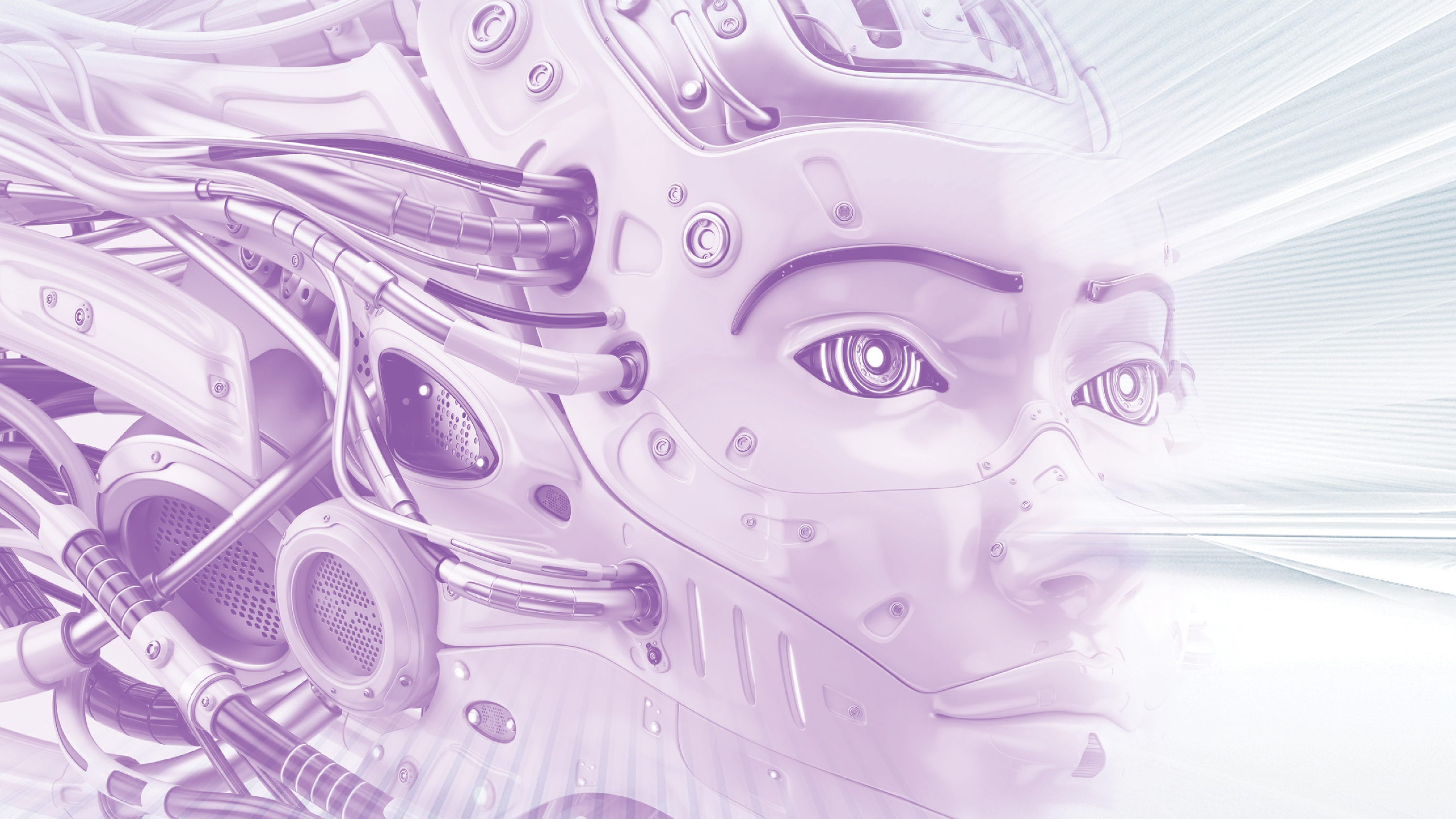
March 2024

“Hasta La Vista Baby!”
This line is etched in the hearts of Terminator fans.
A terrorizing cyborg from the future has come to
eliminate a future leader of the Resistance
in a war between humans and machines.
Yes, cyborgs are coming into our life,
not from the future, but soon in the near future.
Technically speaking, some forms of cyborgs are
already amongst us.
However, the gloomy picture of terrorizing cyborgs
painted by Hollywood movies is only
a small part of the future landscape.
Most cyborgs are going to enhance our lives,
provided we learn to live with them.
Cyborgs—portmanteaus of cybernetics and living biological organisms, are formed when electro-mechanical components are integrated within any living organisms to add or enhance certain capabilities. The living organism can be any—an insect, a bird, or a mammal, not just a human.
| Biological Cyborgs | Devices like prosthetic limbs, pacemakers, and cochlear implants to add capabilities. |
| Mechanical Cyborgs | Enhancements such as exoskeletons and bionic limbs to enhance capabilities. |
| Neural Cyborgs | Interfaces with the nervous system or brain to provide stimulation, sensory perception or motor control. |
| Medical Cyborgs | Devices like insulin pumps, artificial organs, and continuous glucose monitors. |
Unlike robots or androids, which are entirely made with artificial material and electro-mechanical components, cyborgs comprise of living organisms and can be anywhere in-between on this continuum.



Human-like cyborgs have been existing in Hollywood movies for decades, but with each passing day, they are becoming a reality with which we will have to learn to coexist in future.

For India, a most important and near-term benefit is in the areas of artificial organs. Organ failure is one of the leading causes of death in India, especially due to the shortage of donor organs. According to the Georgia Institute, 1.4 million people die yearly because of kidney failure and cannot afford dialysis.
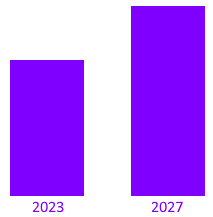
Source: Mordor Intelligence |
Artificial Organs and Bionics market in India is expected to grow at the CAGR of 6.8% till 2027, accordingly to Mordor Intelligence. |
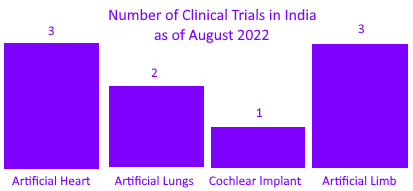 Source: Mordor Intelligence & ClinicalTrials.gov |
India is also emerging as an important market for conducting clinical trials of artificial organs. |

Source: WION
India’s Defence Research and Development Organization (DRDO) is also interested in cyborgs. Recently, it developed “rat cyborgs” to help security forces in recovery operations, surveillance and intelligence gathering.

Source: The Straits Times
(Watch – Cyborg Project–En un xip Multicolor)
A sensor (1) detects the frequency of the color and transmits it to a chip (2) installed on the back of head. The chip converts the color into a specific sound wave, like a musical note. This wave travels to the auditory system (3) through the skull using bone conduction.
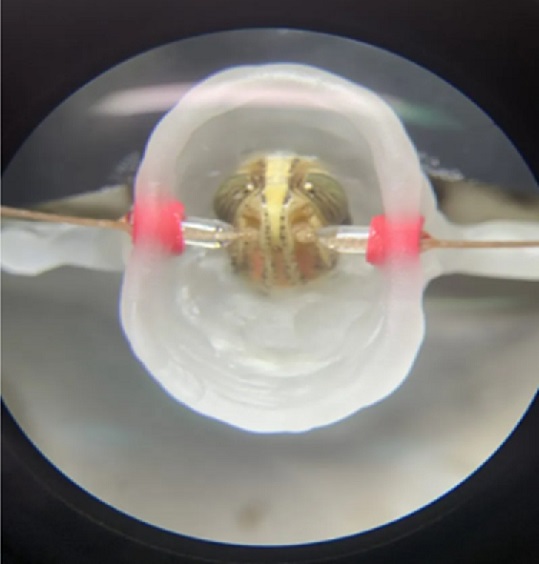
Source: MIT Technology Review
A team of researchers inserted electrodes into lobes of the brain of a locust that receives odor signals from its antenna. Then they used human oral cancer and cancer-free cells to detect the differences in the patterns of brain activities.

Source: WIRED
A 3D printed ear not just repairs lost hearing but also provides superhuman hearing. It disintermediates tiny inner-ear hair cells that transform audio signals into electrical signals for brain. Instead, it directly sends the signals straight to the medulla and enables hearing sound outside the normal human hearing range of 20-20k Hz spectrum.

Source: The U.S. Sun
A UK-based couple implanted in their arms chips, which remotely communicated with each other. This enabled one person to sense movement of the arm by the other person.
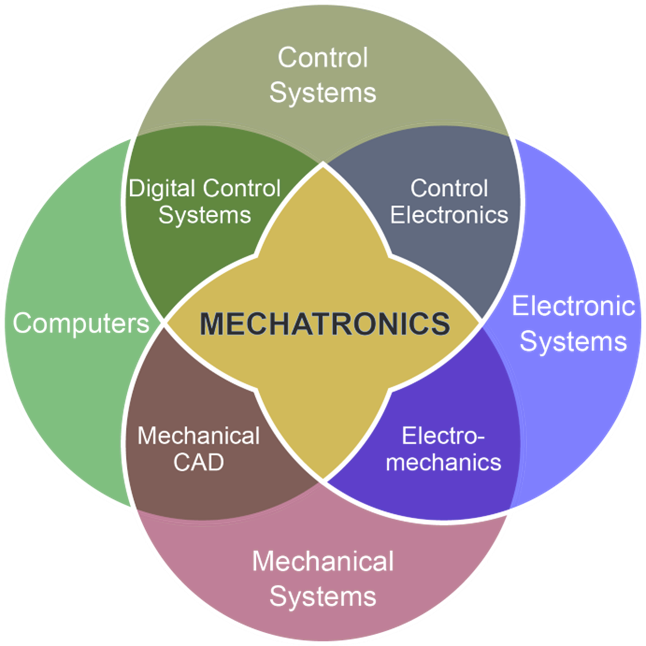
Source: ASME
Mechatronics – Integrating various branches of engineering: Electrical, Computer, Mechanical and Control.
Sensors, optics
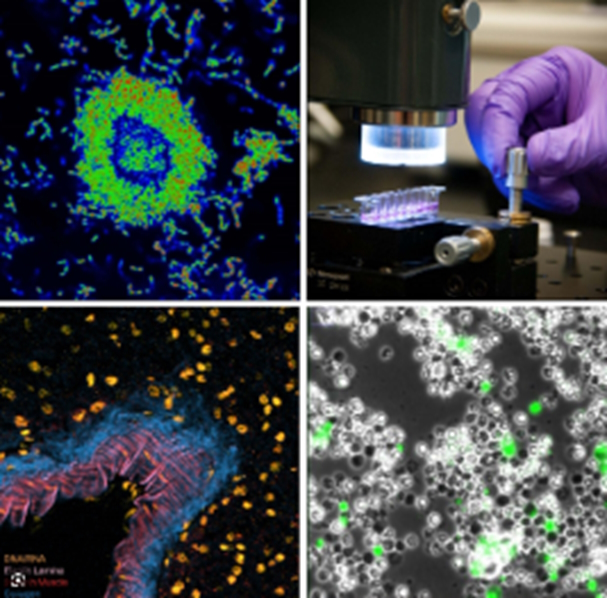
Source: NIST
Biomaterial – regenerating damaged tissues and organs
Biotechnology / Bioengineering
Genetic engineering

Source: Plastic Industry Association
Nanotechnology
Rare metal alloys
Polymers
Ceramics
Hydrogels
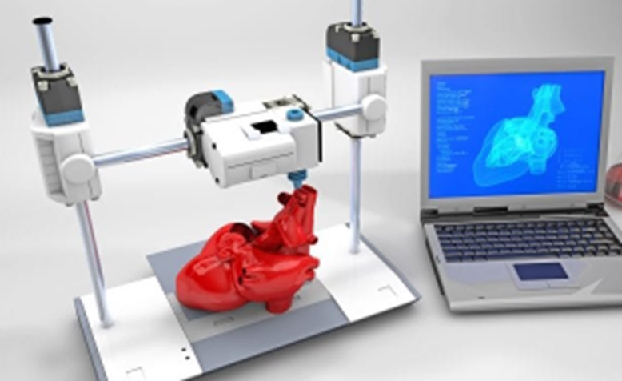
Source: HealthEuropa
Complex designs
Integrating various types of material, including biomaterial

Source: FreeIconsPNG
Provide application specific intelligence
Learning capabilities
Enable automation
Source: SIA
Processing power
Communications
Radio Frequency Identification
Develop medical devices and implants.
Artificial organs – Heart, kidney, lungs, cochlea, etc.
Bionics – Vision, ear, orthopedic, cardiac, etc.
Increase capabilities of healthcare professionals.
Provide greater resistance to certain types of infections and diseases.
Augment abilities of human soldiers.
Enhancing lives of wounded veterans.
Quicker and direct transfer of military commands.
Develop cyborg warriors for specialized missions.
Provide a helping hand to support staff.
Provide capabilities to survive in adverse environment of outer space.
Allow habitation of life on other planets.
Enable disabled athletes to compete in sports.
Fasten recovery of injured athletes.
Increase mobility and quality of life of older people.
Give complementary abilities to incapacitated patients.
Significantly improve monitoring of vitals and speed up response to adverse events.
Monitor plant health and environmental conditions.
Increase pollination and crop yield.
Support repetitive tasks such as weed picking.
Enable organic farming.
Enhance skills and efficiency of human labor.
Improve shop floor control.
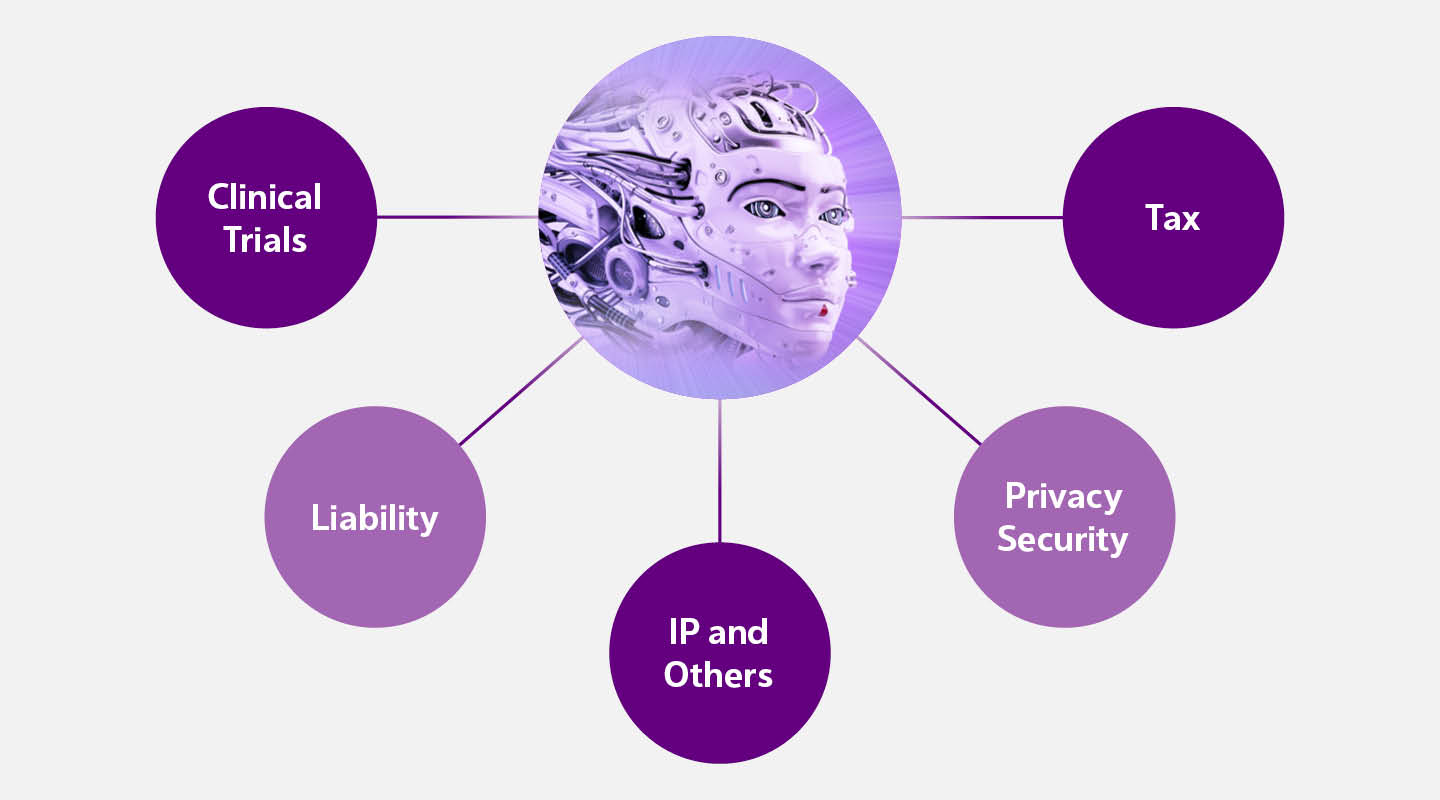
Cyborgs involve augmentation of human bodies. So, the underlying technologies are likely to be classified as medical devices under Drugs and Cosmetics Act in India and subject to clinical trials prior to their public uses. That would involve:
Compliance with general informed consent requirements to enable patients to make informed decisions.
Informed Consent & Disclosure requirements by the entity conducting clinical trials.
Mechanism for reporting adverse reactions on application of new technologies on trial subjects.
Just like any other technologies, cyborgs are likely to malfunction.
Liability and compensation in case of accidents by robots and cyborgs fall in the grey areas in law and need special legal treatment.
Stakeholders for potential liability would include healthcare providers, technology manufacturers, owner of the cyborg, or all of them. Their roles and responsibilities would have to be clearly documented in the risk disclosures and future laws.
Another aspect to consider is medical malpractice of using cyborg technologies when they are not needed.
Cyborgs may process vast amounts of personal data (including health data). It will be important to determine at which point “processing” of personal data commences.
Cyborg technologies may lead to data mining and data exploitation.
Consent requirements to include the scope of processing personal data by Cyborgs and data sharing and ownership aspects.
Cyborgs can lead to mass surveillance which may pose privacy concerns.
In India, Digital Personal Data Protection Act, 2023 (DPDPA) regulates the operations performed on digital personal data including collection, recording, organization, structuring, notice and consent requirements, safeguarding of personal data, cross-border transfer restrictions, etc.
Cyborg technologies could be vulnerable to cyberattacks.
Laws related to cybersecurity and data breaches may need to be adapted to cover these new risks.
The Indian cyber security laws prescribe certain category of cybersecurity incidents which must be mandatorily reported within a prescribed timeline.
As of now, no law in India recognizes artificially intelligent entities to be ‘persons’. Hence, it is not clear in whose hands such income will be taxed. It may be argued that the income which is earned by the Cyborg should be taxed in the hands of the programmer / user who eventually realizes that income.
Permanent Establishment (PE) Considerations
Generally, a PE is constituted in India if a non-resident carries on business in India either through a fixed place of business or through employees / dependent agents (carrying on certain activities on behalf of the non-resident).
When a non-resident provides services in India through the use of Cyborgs, robots or automated systems situated in India, questions may arise as to whether it would constitute a PE for the non-resident in India.
Further, even if the Cyborg is not situated in India, it may constitute a PE in India if the internet connectivity of the robot is directly linked to a server located in India.
In case of the latter, the discussions around whether servers/ websites constitute a PE become relevant.
Since the jurisprudence on this issue is still evolving, activities which may constitute a PE (in similar circumstances as mentioned above) is still not very clear.
Need to address issues related to the intellectual property rights of the technology creators and the rights of individuals who have cyborg enhancements.
When a cyborg produces a piece of “work” (literary, dramatic, musical, artistic, cinematographic film, sound recording etc.), patent or other intellectual property, it is unclear who will be the author and owner of such work under the Indian Copyright Act, 1957. From an Indian copyright law perspective, machines may not be recognized as authors hence ownership.
The blurring of the line between human and machine may lead to legal questions about a person's identity and legal status. For example, who is legally responsible when a cyborg commits a crime.
Ethical concerns surrounding cyborgs include questions of identity, discrimination, and societal acceptance.
Another important concern is military applications. Internationally accepted norms need to be developed and endorsed by treaties to restrict certain military applications of cyborgs.
Legal frameworks may need to clarify the rights and choices of cyborg individuals regarding the deactivation or removal of technological components at the end of life.
Cyborgs may face unique human and animal rights challenges.
Human rights: the right to bodily autonomy, non-discrimination, and freedom from coercion.
Animal rights: experimentation in R&D, freedom from torture, avoiding suffering,
1.4 million people die every year in India because they cannot afford dialysis.
The Georgia Institute. 12 Feb 2022.
India Artificial Organs and Bionics Market Size & Share Analysis.
Mordor Intelligence. 2023.
Indian scientists create ‘rat cyborgs’ for security forces’ intelligence surveillance.
WION. 8 Jan 2023.
The world’s first official cyborg.
The Straits Times. 19 May 2017.
Cyborg Project. Neil Harbisson. 2013.
Scientists hacked a locust’s brain to sniff out human cancer.
MIT Technology Review. 21 June 2022.
A Mad Scientist Designing Organs That Could Give You Superpowers,
WIRED. 10 Sept 2013.
Husband and WIFI.
The U.S. Sun. 9 July 2023.
A Cyborg Manifesto. Donna Haraway. 1992.
Automation and cyborg law: To what extent do we “borrow” from machines?
McKInsey & Co. 15 Feb 2022.
How we’ll become cyborgs and extend human potential.
Hugh Herr. TED. 20 June 2018.
My Brain Is Already Cyborg.
Wired. 21 Dec 2021.
Icon/Cliparts: https://www.pngkit.com/
Dr. Mihir Parikh, Futurist & Strategic Thought Leader
mihir.parikh@nishithdesai.com
With contributions by:
Tanya Kukade, Associate, Pharma/Lifesciences
Praveen Vijapur, Associate, IPpro
Ahaan Raizada, Associate, Technology
Darren Punnen, Leader, Pharma/Lifesciences
For any questions on legal, regulatory, IP and tax issues related to disruptive technologies, reach out to:
Vaibhav Parikh, Leader, TMT and PE/VC Practices; Head, US Operations
vaibhav.parikh@nishithdesai.com
Dr. Milind Antani, Leader, Pharma/Lifesciences and NanoTech Practices
milind.antani@nishithdesai.com
Abhay Porwal, Head, IPpro
abhay.porwal@ipproinc.com
We are an India-centric, research-based global law firm (www.nishithdesai.com) with five offices in India (Mumbai, Bangalore, New Delhi, Mumbai BKC, and GIFT City) and with license to practice Indian law from our international offices in Silicon Valley, New York, Singapore, Munich, and Amsterdam. Over 70% of our clients are foreign multinationals and institutional investors and over 84.5% are repeat clients.
We are a firm of specialists and the go-to firm for companies that want to conduct business in India, navigate its complex business regulations, and grow. We are known for handling complex, high-value transactions and cross-border dispute resolution (see Annexure A). And that prestige extends to our engagement with and mentoring the start-up community that brings about industry-changing innovations.
Dedicated to shaping the future of law & society, we have set up a first-of-its kind IOT-driven Blue Sky Thinking & Research Campus named Imaginarium AliGunjan (see Annexure B ) near Mumbai. Our ability to anticipate and address challenges from a strategic, legal and tax perspective in an integrated way (see Annexure C) have won recognitions globally from not just our clients but also government ministries.
For any help or assistance, please contact:
concierge@nishithdesai.com
Disclaimer
This document is a copyright of Nishith Desai Associates. It is circulated only for informational purposes. No reader should act on the basis of any statement contained herein without seeking professional advice. Nishith Desai Associates expressly disclaim all and any liability to any person who has read this report, or otherwise, in respect of anything, and of consequences of anything done, or omitted to be done by any such person in reliance upon the contents of this document. All trademarks and copyrighted material used in preparing the content of this issue, including this document, web page, videos, podcasts, social media posts, etc., are used in good faith for educational purposes.